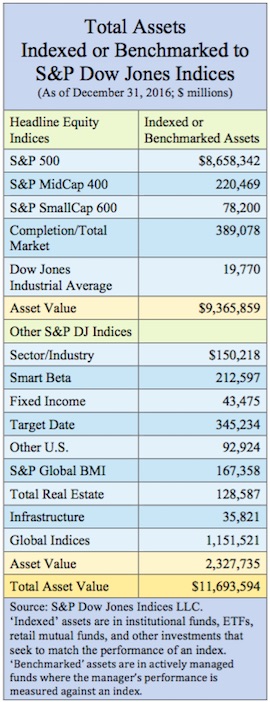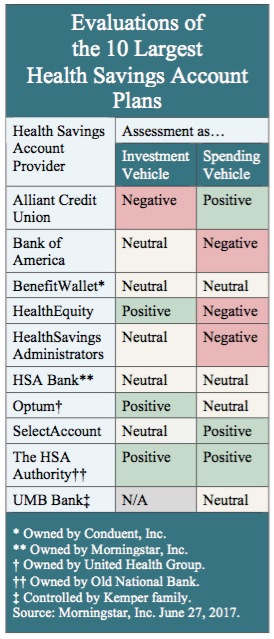
In an effort to enhance their income in retirement, retirees are required to make some important decisions when creating their personal financial plans. Some retirees may have many decisions, yet others just a few. Here are some decisions that retirees may need to consider:
- When should I start collecting Social Security?
- Should I purchase an insured lifetime income product; if so, which type(s) and with how much of my retirement savings?
- If I am entitled to an employer pension should I elect an annuity payment (and if so, in what form), or should I select the lump sum option if permitted?
- If I have retirement funds in different sources (pretax, Roth, and after-tax), in what order should I withdraw them to minimize taxes?
- How should I invest my retirement savings among different investment classes such as stocks and bonds?
- If I have home equity value, should I use it to create income through a reverse mortgage?
- If I have debt, should I pay it off with some savings?
- Should I purchase long-term care insurance or plan to finance from retirement savings, should the need arise?
- Should I relocate to another state for tax purposes?
- Should I maintain or buy life insurance for estate tax or legacy goals?
An illustration
Even a few decisions can lead to thousands of unique strategies. To see how stochastic modeling can help a retiree decide on a strategy by comparing alternatives, let us look at a simple example.
A hypothetical 62-year-old would-be retiree’s primary goal is to secure an inflation-adjusted pretax income for life starting at $X per month. The income will come from Social Security, a fixed-income life annuity, and periodic withdrawals from an investment portfolio. She wishes to consider:
- When to start collecting Social Security (ages 62 to 70);
- Whether to purchase a fixed-income life annuity with 0%, 25%, 50% or 75% of her retirement funds
- The investment allocation to be used with the remaining retirement savings modeling a passive equity fund and a passive fixed-income fund with 11 potential allocations (0% to 100% of each investment class in 10% intervals)
This basic example has 396 alternative strategies (9 × 4 × 11). Stochastic modeling can test these strategies to determine which provides the greatest probability of success in securing sufficient income to last an uncertain lifetime. The success probabilities are determined based on thousands of scenarios for each strategy using alternative rates of return (based on mean and variance for each investment class), inflation expectations, as well as life expectancies (based on a life expectancy table considering current age, health, gender and income level.)
If not satisfied with the strategy recommended by this analysis, she should consider the following:
- Test for a different income level, especially if the success probability is very high or very low
- Test the impact on the success probability if one or more of the optimum strategy components are modified
- Once an income amount and strategy are finalized, she can investigate the amounts that would likely be available as liquid investments or an inheritance each year in the future.
Alternatively, our retiree might wish to have modeling performed based on a success percentage (e.g., 90%). The result would indicate the maximum inflation-adjusted income that can be generated with the desired success level. If not satisfied with the strategy produced, she should consider the following:
- Test for a different success percentage, especially if the income level is very high or low
- Test the impact on the monthly income if one or more of the optimum strategy components are modified
- Once an income amount and strategy are finalized, she can investigate the amounts that would likely be available as liquid investment or an inheritance each year in the future.
One might think that our hypothetical retiree would need to provide an overwhelming amount of information for this analysis. But, addition to either a monthly income or success percentage, all she would need to supply is:
- Date of birth
- Gender
- Smoking history and general health information
- Social Security information
- Retirement savings
In the case of more complicated applications where more decisions need to be considered, more input information will be required.
Technical considerations
Modeling will depend on a variety of parameters built into the program that will require periodic updating, such as:
- Standard mortality tables by gender
- Mortality table adjustments to account for personal health and income levels
- Capital market expectations for expected returns and variances of alternative investment classes
- Expected inflation rates
- Others (annuity purchase rates, tax rates, LTC premium rates, etc.).
The use of unreasonable rates of returns for investment classes would favor certain strategies over others. For example, the value of delaying Social Security would be understated if unreasonably high rates of return were assumed. Higher-than-reasonable rates of return would also discourage consideration of insured lifetime income products. Alternatively, longer-than-reasonable expected lifetimes would tend to emphasize the value of annuities and delaying Social Security. Shorter-than-reasonable expected lifetimes would do the opposite. Impact of the overall household income should be considered, including that of a spouse or partner.
Conclusion
Stochastic modeling tools have been used for over a decade to test retirement financing scenarios. Many of these tools are proprietary and available for use by advisers when recommending the products or investments offered by the various financial institutions. These can be biased and may not consider strategy components that the financial institution would not offer or benefit from.
Other modeling tools have been created for independent financial advisers and generally provide for more flexibility in strategy options. However, biases of the adviser may impact the strategies tested. For example, some fee-based advisers may not consider the use of fixed-income annuity or deferred-income fixed annuity products for their clients.
Consumer-created web applications may be especially valuable for individuals with modest retirement account balances who cannot attract the expertise of an unbiased adviser with decumulation expertise. However, as an individual’s personal situation becomes more complex, the value of retaining a qualified advisor increases.
Mark Shemtob, MAAA, FSA, is an actuary and the owner of Abar Retirement Plan Services LLC.
© 2017. Used by permission of the author. This article is adapted from a commentary published in the July–August 2017 edition of Contingencies, a publication of the American Academy of Actuaries.












 T. Rowe Price is an active TDF manager, so this is not a TDF where the manager is simply allocating among index funds. “Two things are happening behind the scenes,” Page said. “First, the glidepath is downward sloping during retirement, with a declining equity allocation. So we will on average be selling appreciated equities.
T. Rowe Price is an active TDF manager, so this is not a TDF where the manager is simply allocating among index funds. “Two things are happening behind the scenes,” Page said. “First, the glidepath is downward sloping during retirement, with a declining equity allocation. So we will on average be selling appreciated equities.


